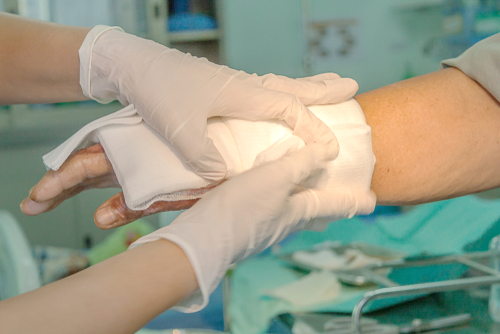
Burn injuries can vary considerably in severity. Minor burns, such as those caused by spending too much time in the sun, are sometimes little more than a minor irritation, while severe burns can leave an individual’s life in danger for months or even years after the injury occurs.
Burns can occur in a number of different ways. Some burns occur as a result of exposure to ultraviolet radiation, others because of exposure to extreme heat or fire. Burns may even occur as the result of some types of chemical agents, particularly acidic compounds.
The NIH provides a comprehensive breakdown of all the information relating to burn injuries that an injury victim may need, available here, but for a simple explanation of the various types of burn injuries, the following should prove to be a helpful resource:
- First-Degree Burns – first-degree burns involve damage to the outer layer of the skin (the epidermis) only. These types of burns are typically fairly minor, and do not require medical care.
- Second-Degree Burns – second-degree burns involve damage to both the epidermis and the layer of skin immediately below, the dermis. These types of burns cause the skin to blister, and often require medical care in order to prevent infection or the progression of the burn.
- Third-Degree Burns – third-degree burns involve damage to the entire dermis, and require extensive medical care, including removal of the affected skin and, potentially, grafting of new skin tissue.
- Fourth-Degree Burns – fourth-degree burns involve damage not only to the dermis, but to the tissue underneath, including muscles and bones. Fourth degree burns usually require amputation of the affected areas.
Carlos Santiago is an avid blogger with an interest in medical and legal issues. He has written for clients including dentists, doctors, and a personal injury lawyer.


